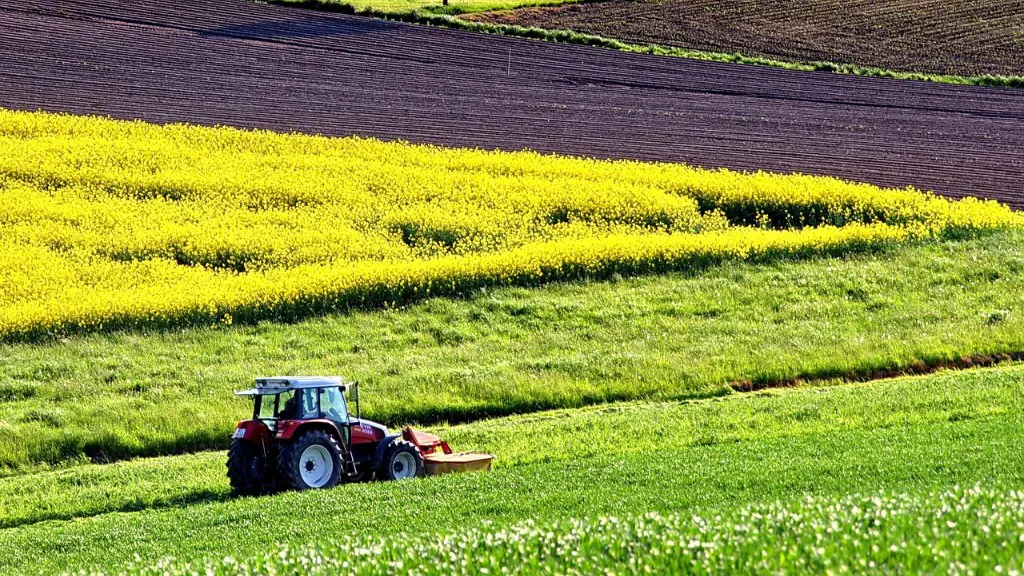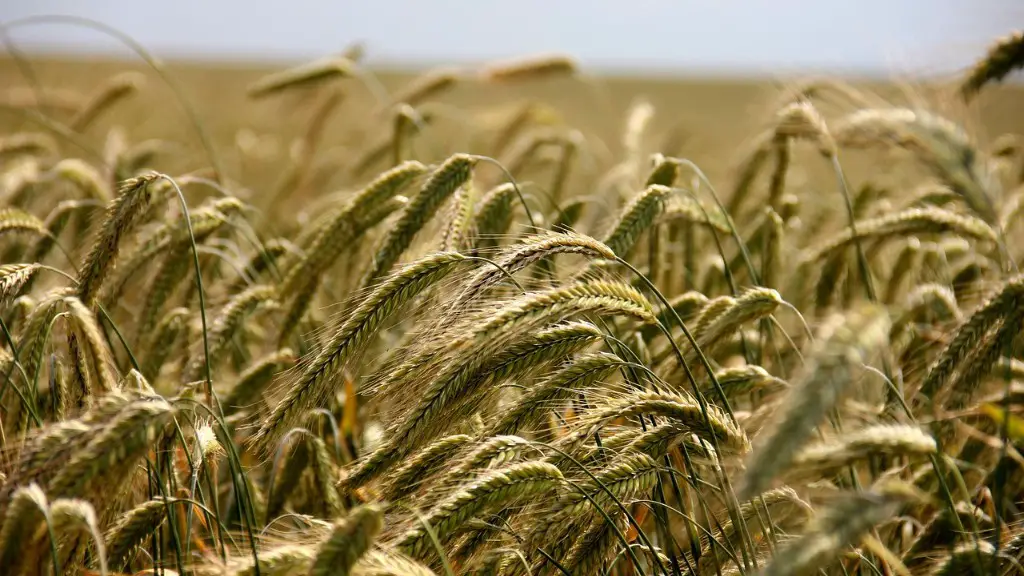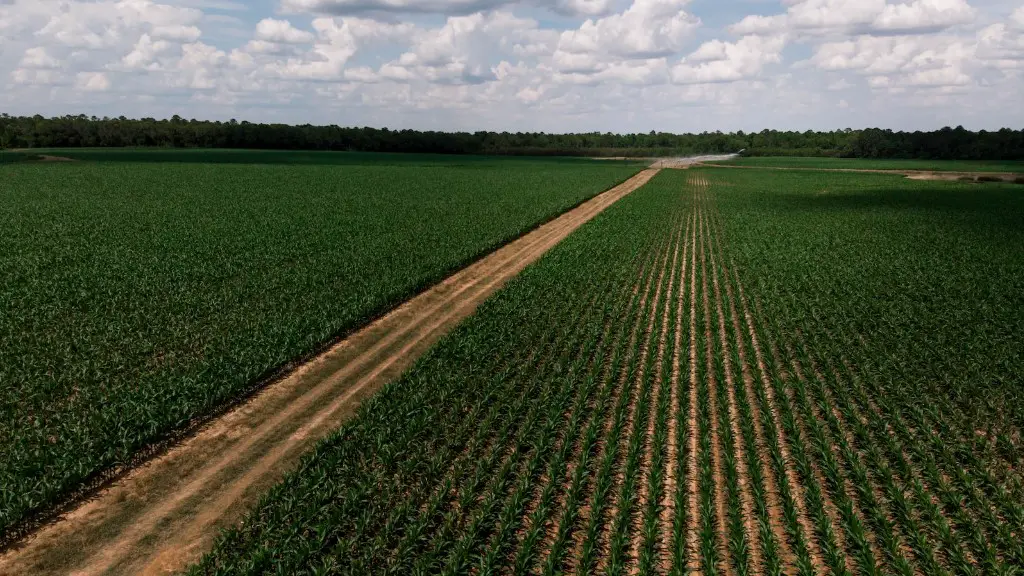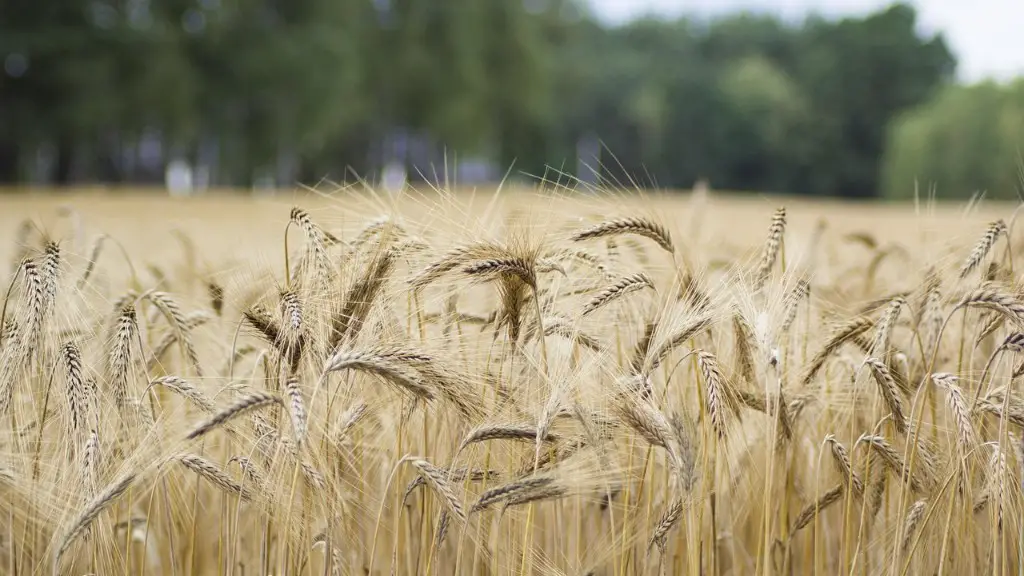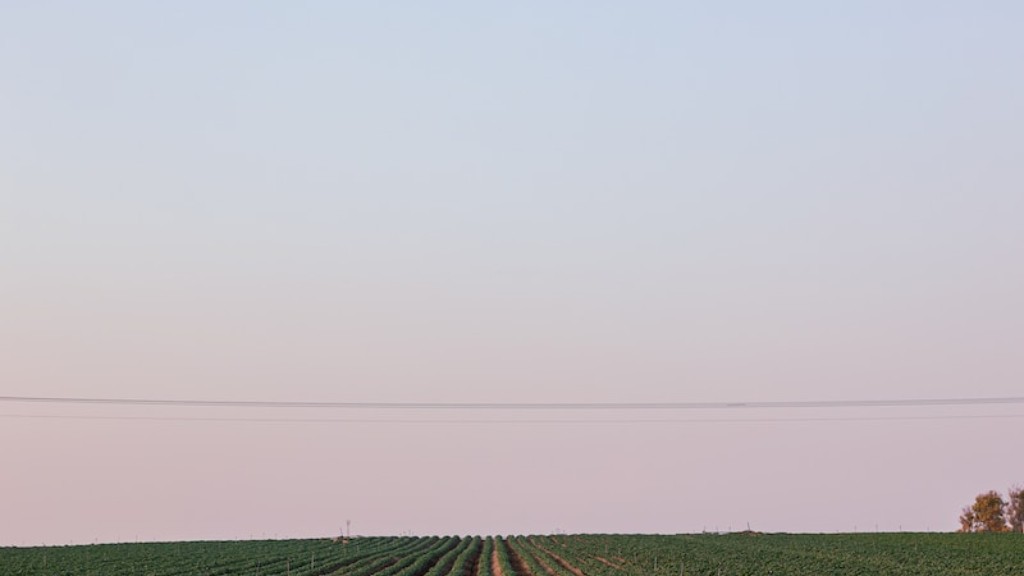Precision agriculture is a set of management practices that helps farmers to be more precise and efficient in their use of inputs. The goal of precision agriculture is to optimize production while minimizing inputs and environmental impacts.
Precision agriculture is a farming management concept based on observing, measuring and responding to inter and intra-field variability in crops. The goal of precision agriculture research is to define a decision support system for whole farm management with the aim of optimizing returns on inputs while preserving resources.
What is the meaning of precision agriculture?
Precision Agriculture (PA) is a management strategy that gathers, processes and analyzes temporal, spatial and individual data and combines it with other information to support management decisions according to estimated variability for improved resource use efficiency, productivity, quality, profitability and sustainability. The main aim of PA is to optimize returns on inputs by reducing variability and minimizing wastage, while maintaining or improving environmental quality.
PA systems typically consist of a yield monitor, global positioning system (GPS) receiver, and a computer or terminal. Yield monitors measure the biomass produced by the crop, while GPS receivers record the location of the vehicle. The data from these two devices are then transferred to a computer or terminal, where they are processed and analyzed. This information can be used to create maps that show the variability in yield across the field. These maps can then be used to make management decisions, such as where to apply fertilizers or how to adjust irrigation schedules.
PA is often used in conjunction with other technologies, such as remote sensing, to create more detailed and accurate maps. PA can also be used to manage other aspects of agriculture, such as livestock grazing, crop rotation, and pest management.
GPS technology is one of the key tools available to farmers today. It allows for precision steering and sensors, which can be used to manage and monitor crops remotely. Additionally, drones can be used for satellite crop monitoring, making it easier to identify and address problems quickly.
What is the purpose of precision agriculture
Precision agriculture is a growing field that is benefiting farmers by giving them the ability to more effectively use crop inputs. This includes fertilizers, pesticides, tillage, and irrigation water. By being more effective with inputs, farmers are able to see greater crop yield and/or quality, without polluting the environment.
Precision agriculture is a term for a variety of different farming practices that aim to increase yields and decrease inputs costs. The use of precision agriculture technologies allow farmers to better target their inputs, such as water and fertilizer, to areas of their field that will benefit the most. This increases yields while decreasing inputs costs, making precision agriculture a very profitable farming practice.
What are the 4 Rs of precision agriculture?
4R Nutrient Stewardship is a sustainability initiative that emphasizes the importance of applying the right source of nutrients at the right rate, at the right time, and in the right place. The initiative seeks to promote the efficient and responsible use of nutrients in order to minimize environmental impacts and optimize crop production. The 4R approach has been endorsed by a number of organizations, including the United States Environmental Protection Agency, the International Plant Nutrition Institute, and the Fertilizer Institute.
Precision Agriculture is a rapidly growing field that is enabling farmers to be more efficient in their use of inputs and more effective in their management of their farms. This technology is based on the use of GPS and other sensors to collect data on crops and fields, which is then analyzed to help farmers make better decisions about seed, fertilizer, tillage, and other aspects of their operations.
Which is the most important technique in precision farming?
The earliest, and most commonly used, precision ag technique is for variable rate applications of inputs.Variable rate technology (VRT) is installed on seeders, fertilizers, and irrigation systems like center pivot systems. VRT allows farmers to apply different rates of inputs, such as seed, fertilizer, and water, depending on the needs of the crop in that particular location. This results in more efficient use of inputs and can improve yields.
There are several disadvantages of precision farming that farmers should be aware of before deciding to adopt this method of farming. Firstly, the high capital costs associated with precision farming may discourage farmers from investing in this technology. Secondly, precision agriculture techniques are still under development and thus require expert advice before actual implementation. This can be quite costly and time-consuming for farmers. Finally, precision farming may not be suitable for all types of crops and soil conditions. Thus, farmers must carefully consider all these factors before investing in precision farming.
What is the most widely used precision farming system in agriculture
Precision agriculture is a farm management practice that uses information technology (IT) to gather, store, analyze, and decision tools to manage variability within fields. Site-specific field management (SSFM) is a precision agriculture technique that uses IT tools to manage variability within fields on a site-by-site basis. Variable-rate application (VRA) is a precision agriculture technique that uses IT tools to manage variability within fields by applying inputs at variable rates.
These measures are essential to reducing the environmental effect of agriculture. They allow farmers to target specific areas within fields that need more or less of a particular input, thereby reducing the overall amount of inputs used and minimizing the environmental impact.
Precision agriculture is a technology that enables farmers to manage their crops more efficiently and accurately. Precision agriculture includes many different technologies, such as GPS, sensors, and drone technology. These technologies allow farmers to gather data about their crops and then make decisions about how to best manage them. Precision agriculture can help farmers save money, reduce inputs, and improve yields.
What three elements does precision agriculture rely on?
Precision agriculture is a branch of agriculture that uses technology to improve the efficiency of agricultural production. The main goal of precision agriculture is to reduce the inputs of labor, water, fertilizer and energy, while maximizing yield and profit. To do this, precision agriculture relies upon specialized equipment, software and IT services. This includes accessing real-time data about the conditions of the crops, soil and ambient air, along with other relevant information such as hyperlocal weather predictions, labor costs and equipment availability. By using this information, farmers can make decisions that can save time, money and resources, while also improving the quality of their crops.
Precision farming is a type of agriculture that focuses on increasing productivity while reducing inputs such as water, chemicals, and soil degradation. This approach is important because it can help farmers be more efficient with their resources and produce higher quality crops at a lower cost. Additionally, precision farming can help disseminate modern farm practices to farmers who may not be familiar with them, which can further improve productivity and yield.
What technology is used in precision farming
Precision farming is a agricultural management system that uses information technology (IT) to gather, analyze, and manage data. The goal of precision farming is to optimize yield and minimize inputs while maximizing profit.
The major components of precision farming are:
1. Geographical information system (GIS)
2. Geographical positioning system (GPS)
3. Remote sensing
4. Variable rate technology
5. NDVI
6. Nutrient expert system
7. SSNM
8. Bio-intensive farming
9. Real-time nitrogen management
10. DRIS approach
11. Soil testing
12. Yield monitoring
Agriculture is one of the most important aspects of our lives – it provides us with the food we eat, the clothes we wear, and the materials we use to build our homes and furniture. Without agriculture, we would not be able to survive.
The 5 F’s – farming, food, fabric, forestry, and flowers – are a great way to remember what agriculture means. Each one of these words represents a different aspect of agriculture that is essential to our lives.
Farming is the primary activity of agriculture – it is the act of growing crops and raising livestock. Food is, of course, the most obvious product of farming – but farmers also produce the raw materials that are used to make fabric and paper, as well as the flowers that brighten our homes and gardens.
fabric, forestry, and flowers are all important products of agriculture. Fabric is made from the fibers of plants, such as cotton and linen. Forestry is the management of trees and other wooded vegetation, which provides us with lumber for building homes and furniture, and paper for writing and printing. Flowers are grown for their beauty, and are used in many different ways – from decorating our homes to providing the raw materials for perfume and cosmetics.
What is the first step of precision agriculture?
Assessing variability is the critical first step in precision farming. Since it is clear that one cannot manage what one does not know, factors and the processes that regulate or control the crop performance in terms of yield vary in space and time. Precision farming is a site-specific crop management system that seeks to optimize production by taking into account the variability in soils, crops, and environment.
There are many methods that can be used to assess variability, but the most important step is to take into account all the factors that can affect crop performance. soil type, fertility, drainage, pH, and organic matter content are just a few of the many factors that can impact crop yield. In addition, pest pressure, weather, and even the farmer’s management style can affect crop yield.
Once the variability has been assessed, it is important to develop a management plan that takes into account the unique needs of the field. This may involve using different fertilizer and pesticide application rates, altering planting dates, or changing irrigation schedules. The key is to tailor the management plan to the specific needs of the field in order to optimize crop production.
Precision farming is a type of agriculture that uses modern technology to increase yields and improve efficiency. Precision soil preparation, precision seeding, precision crop management, and precision harvesting are all part of the precision farming process. Data analysis and evaluation are also important aspects of precision farming, as they help farmers to identify problems and areas for improvement.
Warp Up
Precision agriculture is an agricultural management system that relies on feedback from sensors and other data-gathering technology to fine-tune decisions about planting, irrigation, fertilizer, and other agronomic practices. The goal of precision agriculture is to optimize yields and minimize inputs while reducing negative environmental impacts.
Precision agriculture is a farm management technique that uses information technology (IT) to increase yields, decrease inputs costs, and improve environmental stewardship. The goal of precision agriculture is to optimize production on a field-by-field basis. Precision agriculture technology includes GPS systems, yield monitors, soil sensors, and weather monitoring systems. farmers can use precision agriculture to create field maps that show field productivity, identify sub-yielding areas, and make management decisions accordingly. When used correctly, precision agriculture can help farmers to increase yields, decrease inputs costs, and improve environmental stewardship.
